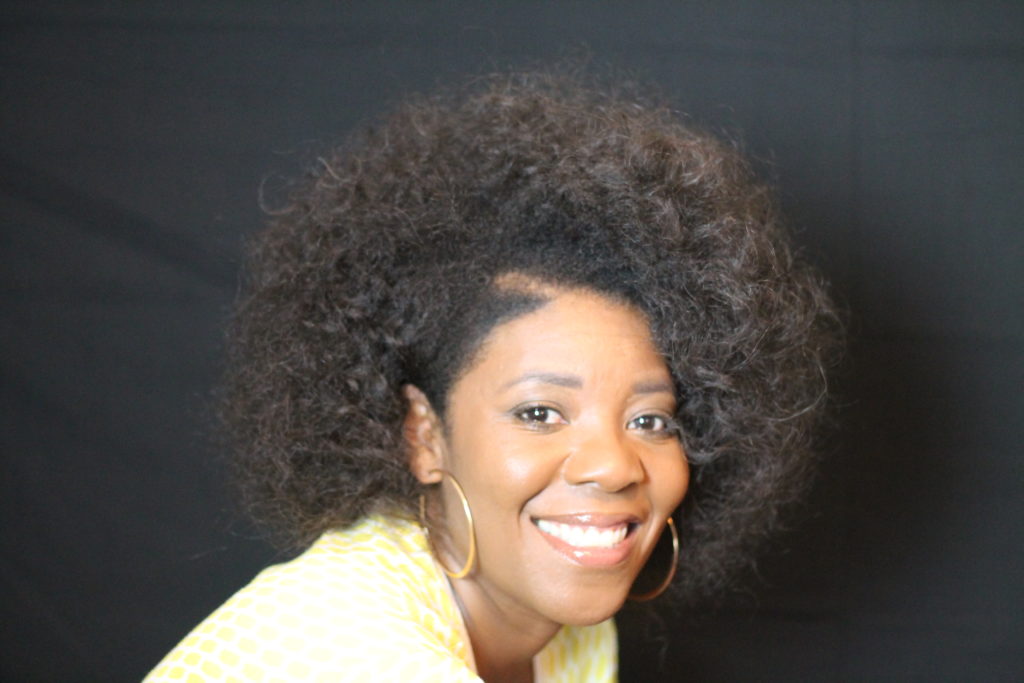The discourse of how to mold the next generation to live out the second greatest command—“Love your neighbor as yourself” (Matt. 22:39, CSB)—belongs in a diverse group with a real-time atmosphere of back-and-forth dialogue, questioning and answering, and agreeing and disagreeing. Why? Because teaching our children to appreciate people of different hues, economic statuses, abilities, and personalities cannot be taught in a series of ten steps. Such an important undertaking must be lived.
Accordingly, I wish this were a conversation rather than a digital posting that can be read in one moment and discarded the next. I would rather us converse in person. However, this season of six feet apart, stay safe at home, and digital meet-and-greet warrants that I write about it online. So I resolve to blog honestly about introducing children to the celebration of all ethnicities as a way of living out love your neighbor as yourself. You can join me by turning my words into an active conversation with the women around you.
The first step to introducing our children to Black History, Hispanic Heritage, Jewish American Heritage, and Asian American and Pacific Islander Heritage months is to not do it! Don’t set aside a day or month to highlight any specific people group. This might sound absolutely crazy coming from a female middle-aged African American educator, so let me put it another way that honors Carter G. Woodson’s legacy. We do better by intentionally teaching our children that men and women of various ethnicities and abilities contributed to the successes and failures of our current day society whenever the opportunity presented itself. We just need to look around to see this because opportunities are everywhere.
Look at …
- Folding beds—thank Sarah Goode!
- Cataract surgery—thank Patricia Bath!
- Airplane seat with flight attendant call button—thank Miriam Benjamin!
- Home security system—thank Marie Van Brittan Brown!
- Ironing board—thank Sarah Boone!
The point is that these teaching opportunities are plentiful and do not need to wait until February to be taught. That was Mr. Woodson’s desire when he instituted Negro History Week, an offshoot of his fraternity’s, Omega Psi Phi, Negro and Literature Week. In 1926, a week for such a celebration was the best he could do considering the times.1 However, Mr. Woodson was not asking the world around him to look at the historical achievements of African Americans for one week out of the year just to be boxed up and not revisited until the following year. His goal was to showcase the major contributions of African Americans and to help brown-skinned boys and girls, men and women, to understand what their people had done. Even though these celebrations have grown from one week in February to the entire month, they seem to accomplish the exact opposite of what Carter G. Woodson, and people like him, intended.
When I moved to Tennessee, I applied to work in a school district with a mostly minority population. My application sat in their system for months without so much as one invitation for an interview, which is unusual since my subject area is in high demand and numerous positions were available. At one point, I thought, “Maybe I made a mistake when submitting my application, or maybe I am missing a specific Tennessee teaching qualification.” Then I applied to the district closest to home, a predominantly Caucasian district. In no time at all, I had the honor of being the only African American teacher in one of our local schools. Before applying anywhere, my prayer was to teach in a school where I’d be needed, initially believing that would be the district with the most minorities, but God knew better.
My first year in the predominantly Caucasian district, I used February as a time to introduce, through daily dramatic presentations, my students to surgeons, educators, clergy, politicians, businessmen and women, inventors, and radical revolutionists who were of a different ethnicity. I refused to call it Black or Hispanic History. My signature phrase at the end of each presentation was “Not my history, not your history, but our history.” The best way to cultivate acceptance and eagerness to learn about culture is to live like you believe God’s best work is in the diversity of His people.
By engaging in stories of people of different ethnicities and in books, films, and/or trips, let us grab hold of the opportunity to present cultural diversity as God’s creativity. Let’s be intentional about opening ourselves up to relationships with people who look, act, talk, and think differently. Most importantly, let’s give our children a front row seat to that kind of living. If we don’t do that, there will be no need to set aside one month of the year to talk about minority history. Reducing the major contributions of many to one small fraction of time lends to the idea that those contributions are insignificant.
Later in my first year of teaching, a parent of one of my students sent me a present from her visit to the African American Museum in Washington, DC. Her note said her son had never seen history through a multiethnic lens. He didn’t think any significant historical contributions had been made to our society outside of the Founding Fathers. Also, he wasn’t aware that history was being made every day from a pool of ethnically diverse people and that he too had the power to make history, live it, and change it.
My former student unfortunately does not stand alone in dimmed awareness as it pertains to his potential role in history. Therefore, we must join the movement to open the next generation’s eyes to the history that is happening right now. We have a responsibility to embrace and emphasize the unique opportunity today offers in normalizing people of all ethnicities working together to rule over God’s creation. Let us show them—through our actions—their obligation, authority, and ability to make a better history for future generations.
“Then God said, ‘Let us make mankind in our image, in our likeness, so that they may rule over the fish in the sea and the birds in the sky, over the livestock and all the wild animals, and over all the creatures that move along the ground’” (Gen. 1:26, NIV, emphasis added).

Brenda M. Croston is the Women’s Ministry Leader at Mt. Gilead Missionary Baptist Church, in Nashville, TN, and CEO of Simple Truth Publishing. She is a former public school teacher who has a passion to educate women and teens through written expression and conferences. Brenda is married to Mark. They have a blended family of four children and two beautiful granddaughters. Follow her on Facebook or Instagram @brendacroston.
1. Daryl Michael Scott, “Origins of Black History Month,” Association for the Study of African American Life and History, https://asalh.org/about-us/origins-of-black-history-month/.

